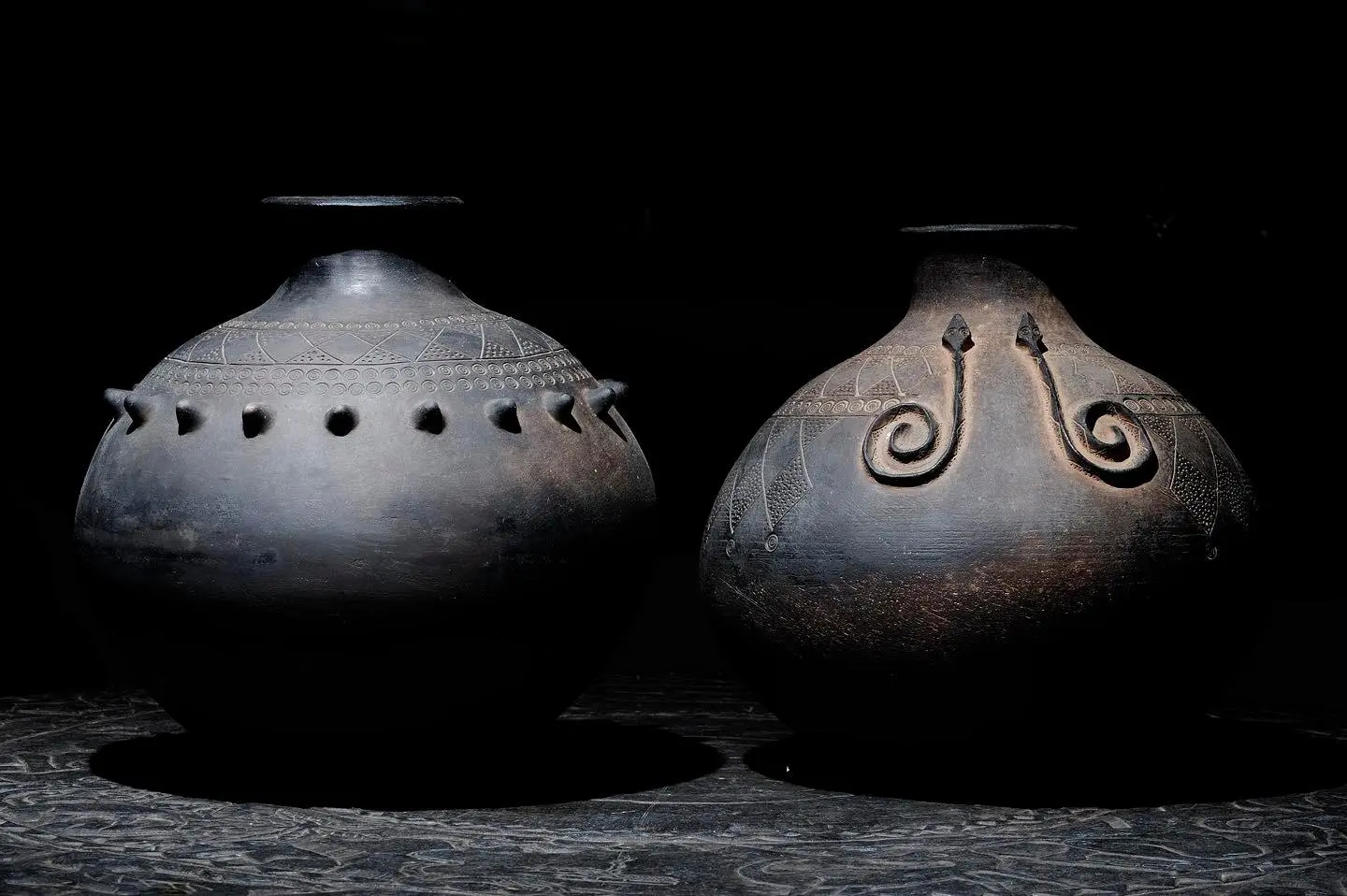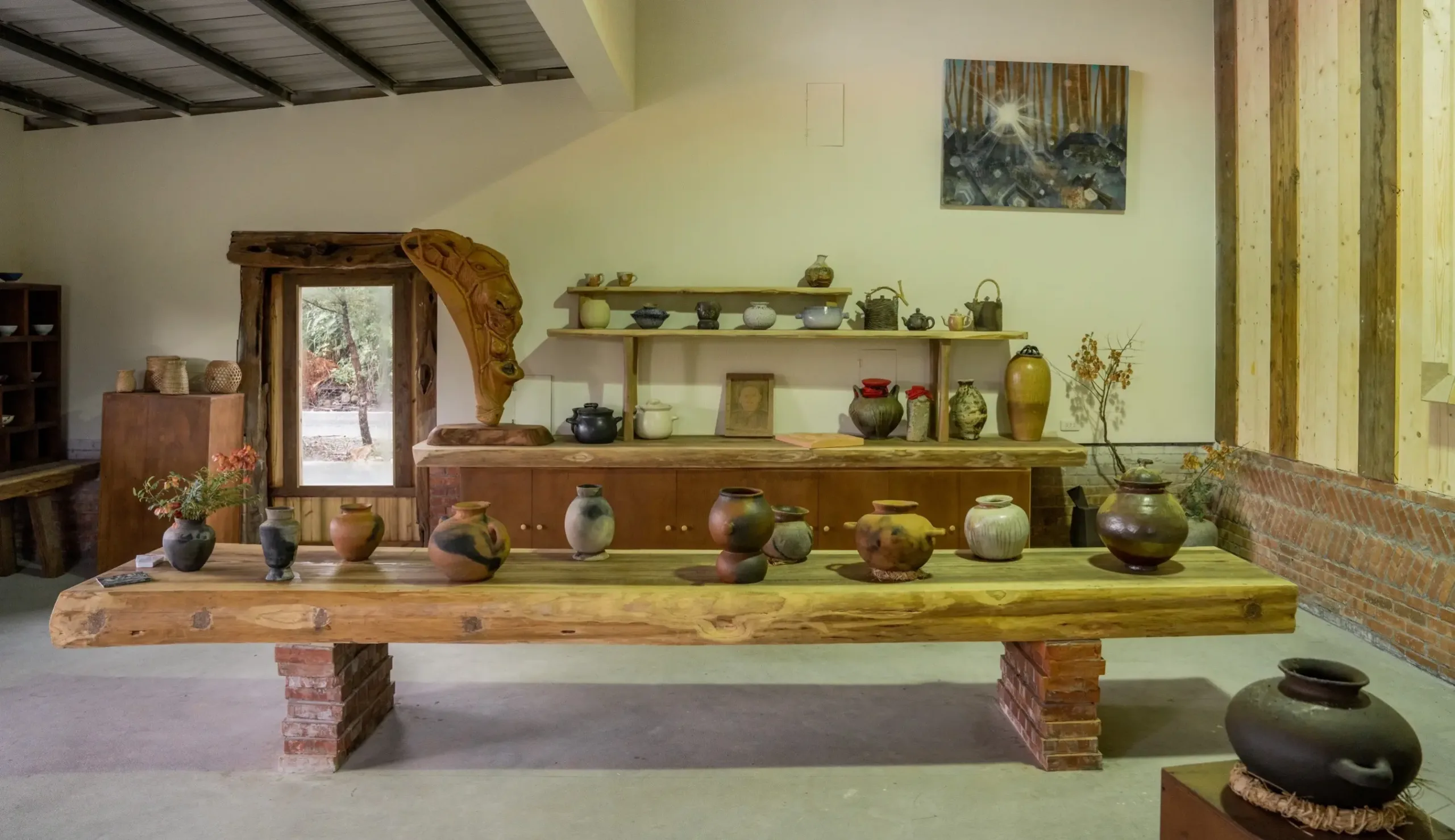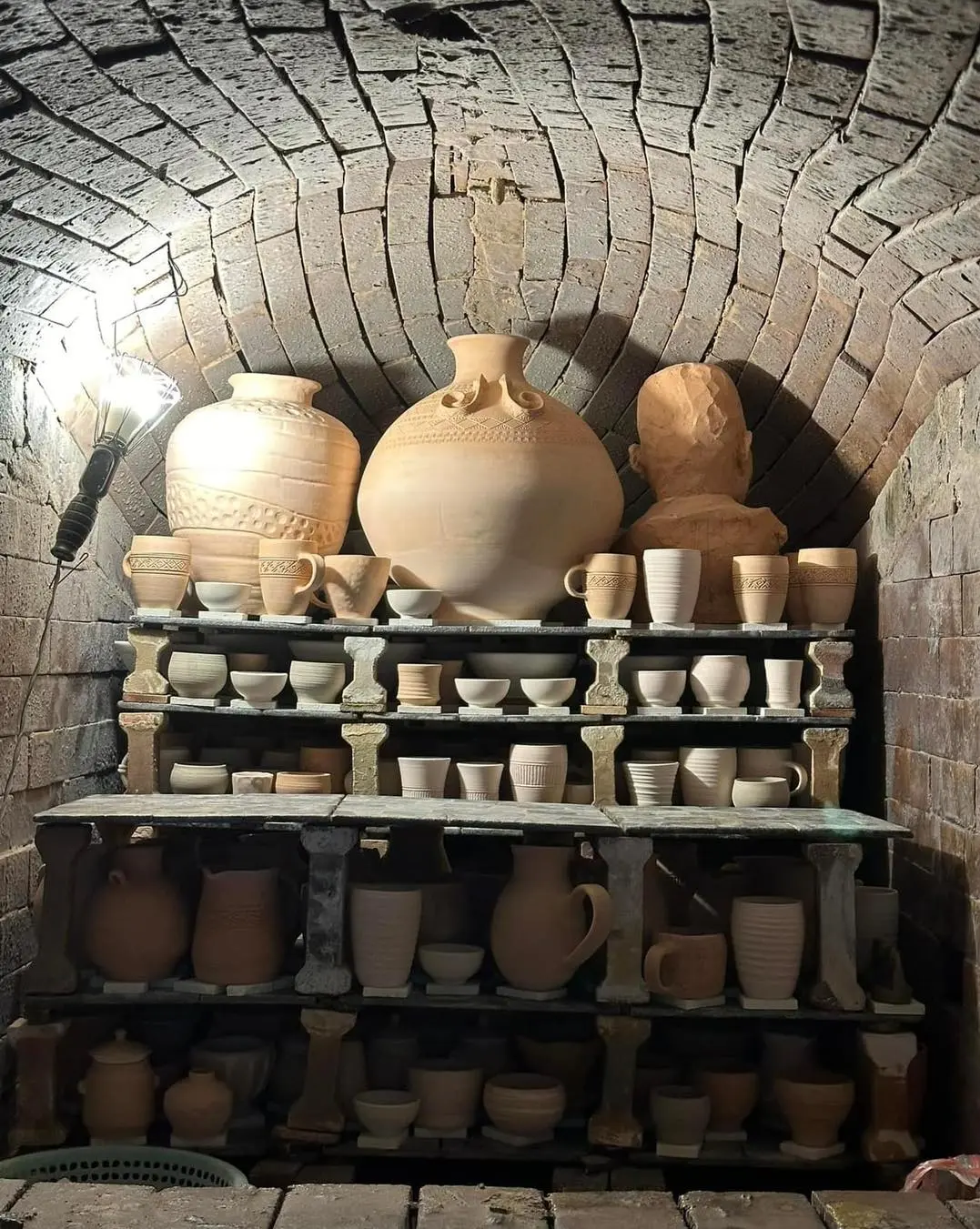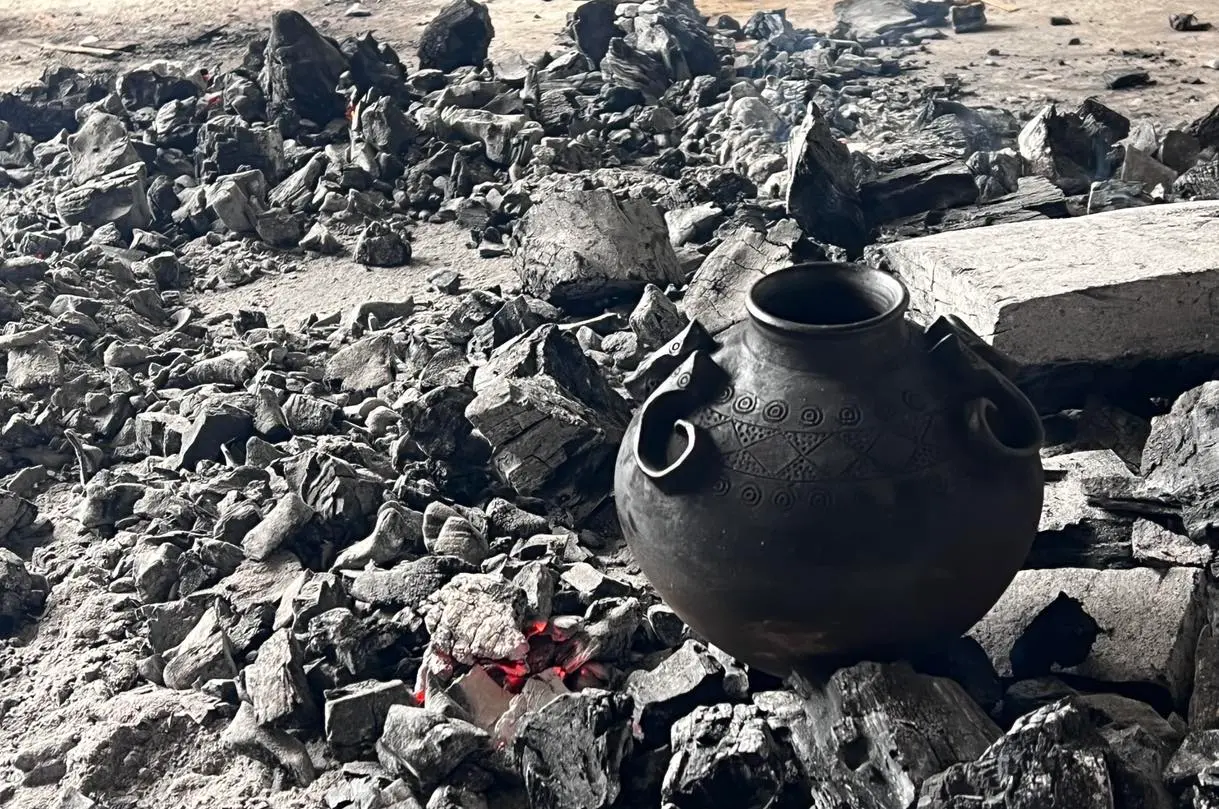
(Photo credit: 九鳥陶燒在台東 )
Taitung is not only home to stunning natural landscapes but also rich in Austronesian cultural heritage. Pottery, an important form of cultural expression, reflects the development of indigenous cultures and serves as a bridge between the past and present. Taitung’s pottery traditions date back to ancient times, with archaeological findings indicating that indigenous peoples were using pottery as early as the Neolithic period. These pottery items were essential for daily life and carried deep cultural significance.

(Photo Credit: Taitung County Government)
For example, traditional Amis pottery includes water storage jars and cooking utensils, with shapes and decorations that reflect the tribe’s cosmology and practical wisdom. The Paiwan tribe is renowned for its exquisite pottery jars, which are used not only for storing wine but also play important roles in ceremonies such as weddings and rituals.
However, with the passage of time, traditional pottery risks becoming a lost art as many young people leave the villages, endangering the transmission of these skills. In recent years, as cultural awareness has grown, more artists are reexamining and passing down this valuable cultural heritage, breathing new life into the ancient craft.

(Photo Credit: Taitung County Government)
In Taitung, two outstanding potters exemplify this preservation and innovation of Austronesian pottery culture: Hani Caki and Liao Guangliang. Hani Caki, an Amis potter, runs the Hani Art Studio in the Jialulan tribe. His journey into pottery was quite eventful; in his thirties, he suffered vision loss due to an accident, which unexpectedly became his entry point into the world of pottery. Through continuous learning and practice, he mastered various pottery techniques and dedicated himself to reviving traditional Amis pottery.
Hani Caki’s creations blend traditional and modern elements. He studies artifacts from the Prehistory Museum to recreate the traditional pottery-making techniques of the Amis tribe. At the same time, he incorporates modern aesthetics such as the textures of driftwood found on the beach into his pottery designs. His pieces not only showcase exquisite craftsmanship, but also convey a deep affection for the land and culture.

(Photo Credit: Taitung County Government)
Hani Caki is also committed to the teaching of pottery and offers courses at his studio, passing on pottery skills to young people in the tribe. Through this effort, he hopes to inspire a pursuit of traditional aesthetics within the tribe and ensure the continuation of their pottery culture.

(Photo credit: 九鳥陶燒在台東 )
Another outstanding potter is Liao Guangliang, a Paiwan potter who founded Adisi Pottery Studio in Chulu, Taitung. Liao’s creative philosophy is “to explore and merge the diverse art and culture of different ethnic groups, creating vibrant and multifaceted art.” The Adisi Pottery Studio is not just a space for creation but a comprehensive pottery cultural park. It features various kiln facilities, including electric, gas, and wood-fired kilns, allowing for diverse pottery creations.
Liao actively combines traditional and modern elements in his work, using local materials such as driftwood and cherimoya branches to develop unique pieces. Besides his creative endeavors, Adisi Pottery is dedicated to promoting pottery culture. The studio regularly hosts pottery workshops, including kiln culture tours, pottery courses, and DIY experiences. This provides a platform for professional artists to exchange ideas and gives the general public the opportunity to experience the charm of pottery firsthand.

(Photo credit: 九鳥陶燒在台東 )
Potters in Taitung are not only dedicated to preserving local culture but also actively engaging with the international community. For instance, the Taitung County Government’s “Austronesian Waves” international exchange program invites artisans from countries with Austronesian-speaking populations like Tonga, Thailand and Singapore to Taitung for residency programs. This cross-cultural exchange further enriches the creative inspiration of local artists and brings Taitung’s Austronesian culture to the global stage.

(Photo Credit: Taitung County Government)
In 2023, Adisi Pottery and four other representative brands from Taitung participated in the “FIND: Design Fair Asia” in Singapore, showcasing the unique charm of Taitung’s pottery and garnering widespread international attention. These international exchanges not only elevate the recognition of Taitung pottery but also provide local artists with new creative inspiration and market opportunities.
Taitung’s Austronesian pottery is undergoing a transformation. Through the efforts of artists like Hani Caki and Liao Guangliang, traditional pottery techniques are being preserved and promoted, while also being infused with contemporary artistic elements. This enriches Taitung’s cultural landscape and opens new avenues for the transmission and development of Austronesian culture.

In today’s globalized world, Taitung pottery, with its rare cultural charm, is gradually emerging on the international stage, becoming an integral part of Taiwan’s cultural soft power. This blend of tradition and innovation not only safeguards precious cultural heritage but also injects new vitality into Taitung’s cultural industry, showcasing the limitless possibilities of cultural preservation.
Learn more about and experience Austronesian culture.




